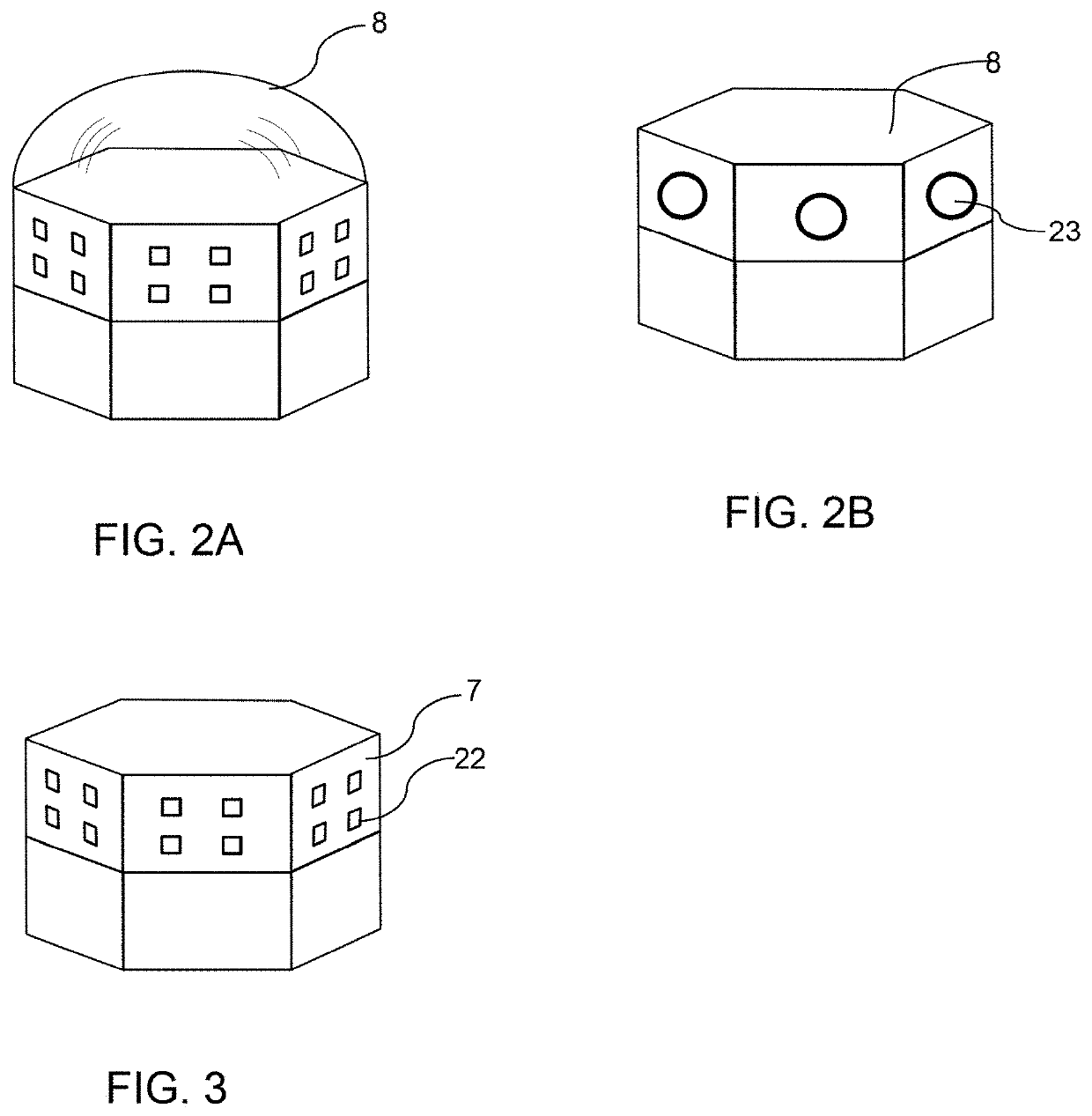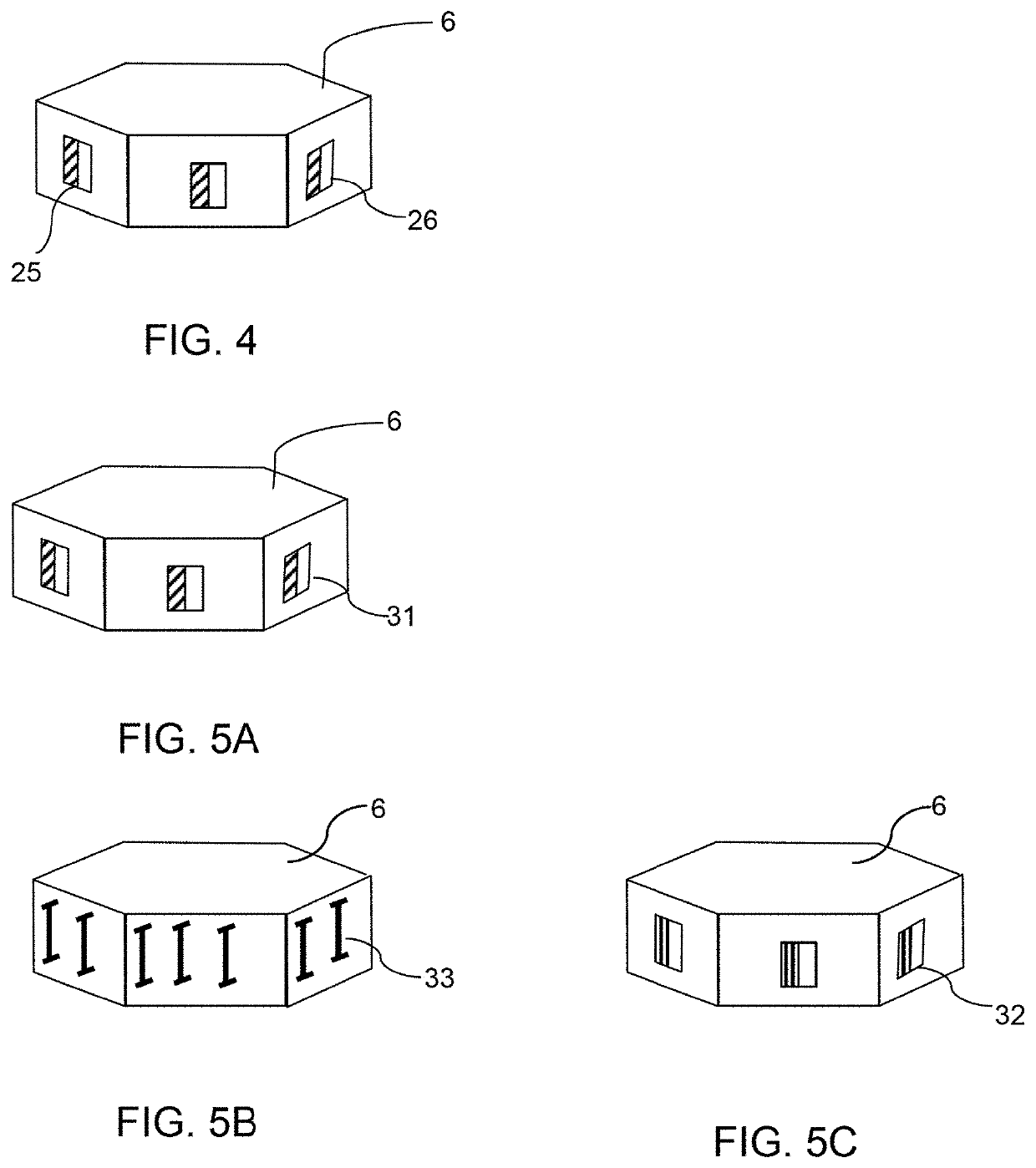Further, by challenges to further collaborators the
system may change the circumstances, model and / or
resonance artifacts in the collaborator.
Further, the resonant artifacts may be considered as entangled until expiration, invalidation and / or decoherence occurs.
In an example, the system may infer that a contractual document associated with particular semantic artifacts may impede and / or block a contracting party from performing certain actions without potential consequences.
It is to be understood that when the identification
confusion is higher the system may further challenge for further localization and / or discrimination (e.g. WHICH DISPLAY (IN
CONFERENCE ROOM)?—THE ONE BY THE WINDOW).
The system may associate rewards with affirmative
resonance; further, it may associate risks with non-affirmative
resonance and / or non-resonance.
As such, it may not pursue a goal if the budgets and / or risk required to acquire a first artifact associated with the goal
inference and / or projection are higher than a previously learned budgeting interval; stress and dissatisfaction factors may also increase during such inferences.
Further, the system may underestimate earlier dissatisfaction, concern and / or stress factors while overestimating the same factors associated with a later achievement of the goal.
Further, based on high (entanglement) entropy between capacity vs demand it may further undershoot one vs another.
Analogously, by H / ENT, when the demand over-weighs and / or overshoots the capacity the availability of feasible, endpoints and / or links may decrease.
As such, the system may be biased towards applying and / or being LIKELY to apply those routes whenever new inferences occur and thus bias the projected inferences toward such artifacts.
This may happen when the system cannot reduce
confusion in collaborator, when non-affirmative resonance is high and / or when the budgets are tight.
When presented with multiple routes in uncertain / unknown circumstances the system may be biased to overestimate the risk of the lower budget
route while may underestimate the satisfaction / reward of the higher budget
route.
Further, the system may overestimate / underestimate the satisfaction with an option in
a domain if an associated semantic identity is high / low factorized in another domain especially if the domains are affirmative resonant.
Further, the system may overestimate and / or underestimate the shift, drift and / or entropy in rapport with semantic trails.
However, in some situations the diversification strategy may not be feasible and / or available and thus the system may infer “critical” type
semantics for particular artifacts, fluxes, streams and / or collaborators.
However, the resonance and / or entanglement may collapse if the capability is not available and / or (incoherently) impacting the
inference on the (composite) goals of A and / or further stability of the goal (e.g. shift, drift, entropy from projections etc.).
The system may express doubts and / or discrimination challenges.
However, if the projected
inference and / or required budgets for performing the action are high and the system doesn't have circumstantial coherent understanding it may want to challenge about the device (e.g. from an additional flux) IS THE (MUSIC) DEVICE (STILL) ON?
Further, the system may perform challenges and / or
confusion reduction by other active semantic profiles which may be affected by the action (e.g. of some other persons and / or groups affected by the action and / or
diffusion of the action).
When the likeability and / or desirability is high the system may overestimate / overshoot the demand; further, when assessing usefulness and / or acquiring a likeable artifact the system may overestimate the risk of loss and / or underestimate the risk of
gain and thus, entering offensive behaviors and projecting goals / plans of gaining the desired artifact.
When the likeability and / or desirability is low the system may underestimate / undershoot the demand; further, when assessing usefulness and / or acquiring the less desirable artifact the system may underestimate the risk of loss and / or overestimate the risk of
gain through projections.
If the projections are not feasible and / or do not match the truth then the system may factorize dissatisfaction, concern and stress factors in regard to projection plans.
While the system identifies foes, it may overestimate and / or underestimate the loss or
gain and enter offensive and / or defensive behaviors.
Analogously, the system identifies friends when they have similar competing tactical goals (but the system may underestimate and / or overestimate the loss or gain for strategic goals) and / or they do not compete for the same goals, resources and / or resonances.
As specified in the previous example, the user may specifies the
oxygenation, however since the actuation of
oxygen tank releasing and / or evacuation actuators have a certain capability range (e.g. flow rate) the system may not provide and / or diffuse sufficient
oxygen in order to achieve the user trajectory.
In cases where the system wants to delegate the ownership of an activity, task, action and / or circumstance then it may challenge collaborators in regards with such actions while allowing for various degrees of resonance, confusion, concern and / or likeability in the collaborator.
Further, the system may gate such opinions, advices and / or analysis if the rating is low (e.g. low rating means they are too biased, false etc.).
In addition, the hostility is decayed when the semantic identity exhibits offensive affirmative and / or defensive behaviors towards friends and / or highly affirmative semantic groups.
Further, the system may express regrets for being too offensive and / or too defensive.
The system may challenge and / or decays the truth factors when it infers overestimation and / or underestimation biases.
The system may use challenges to the
semantic network about semantic identities and their intentions.
Analogously, potentially based on high (entanglement) entropy the system may deselect, disable and / or hide various semantic artifacts,
user control interfaces and / or windows.
 Login to View More
Login to View More  Login to View More
Login to View More 


